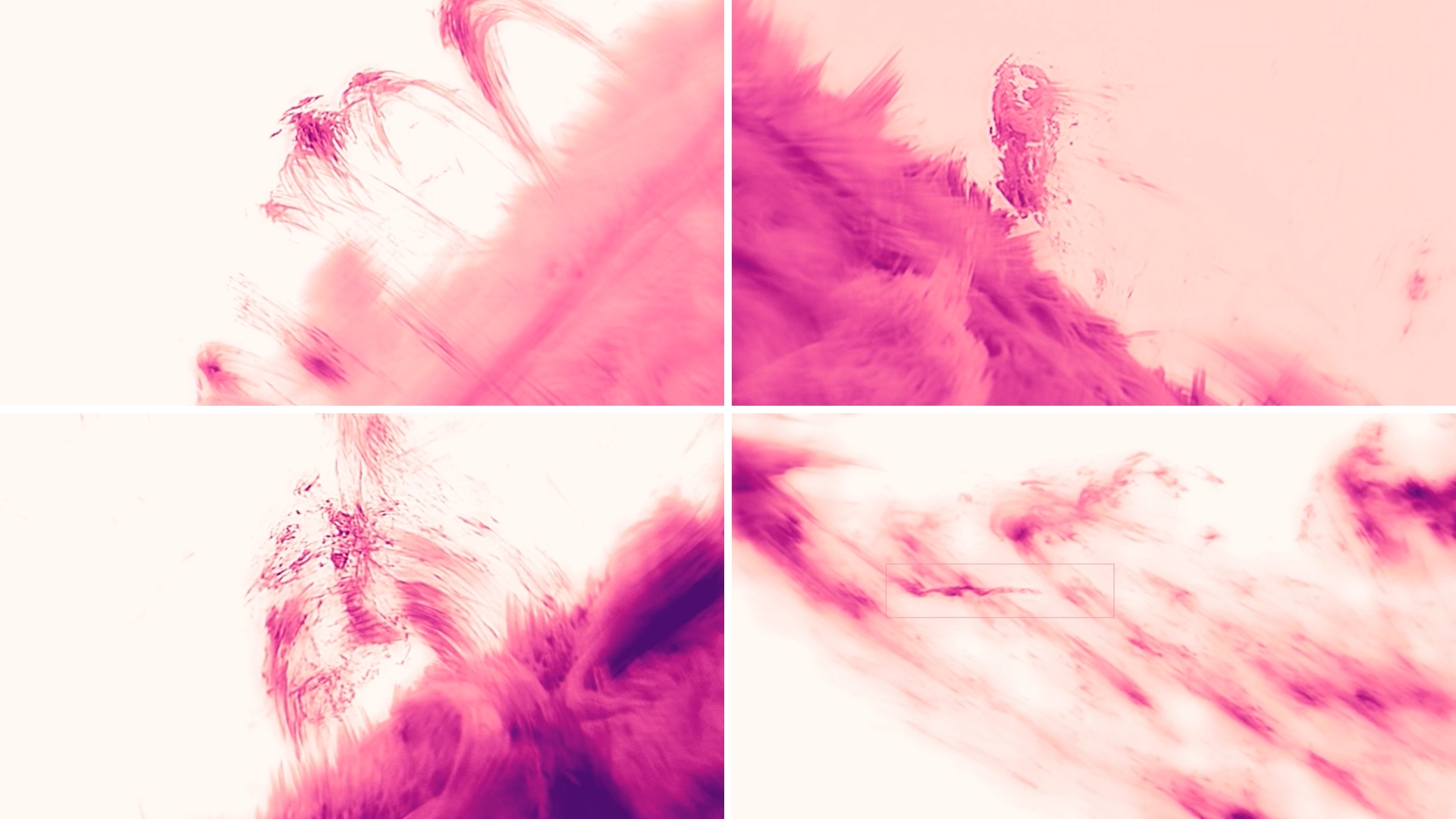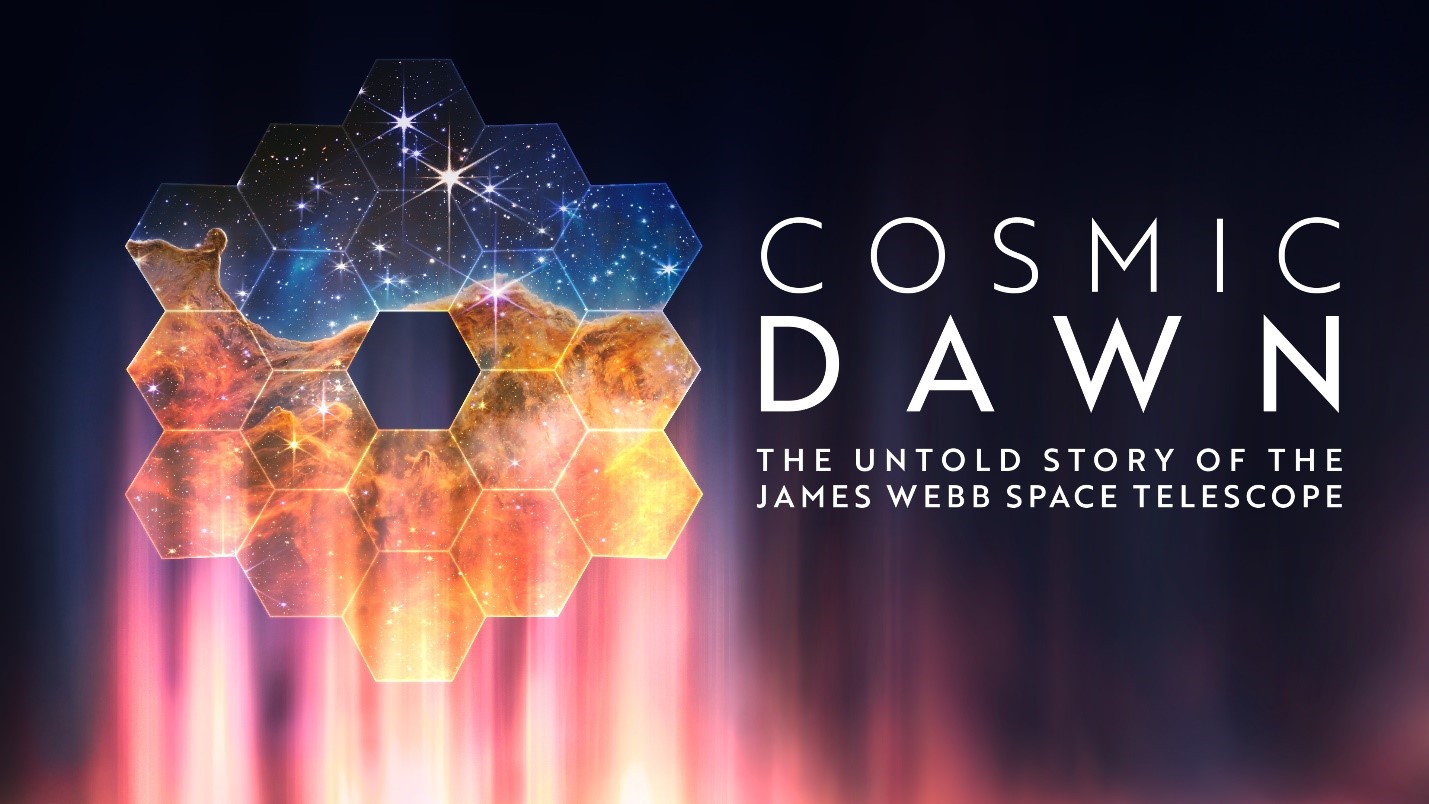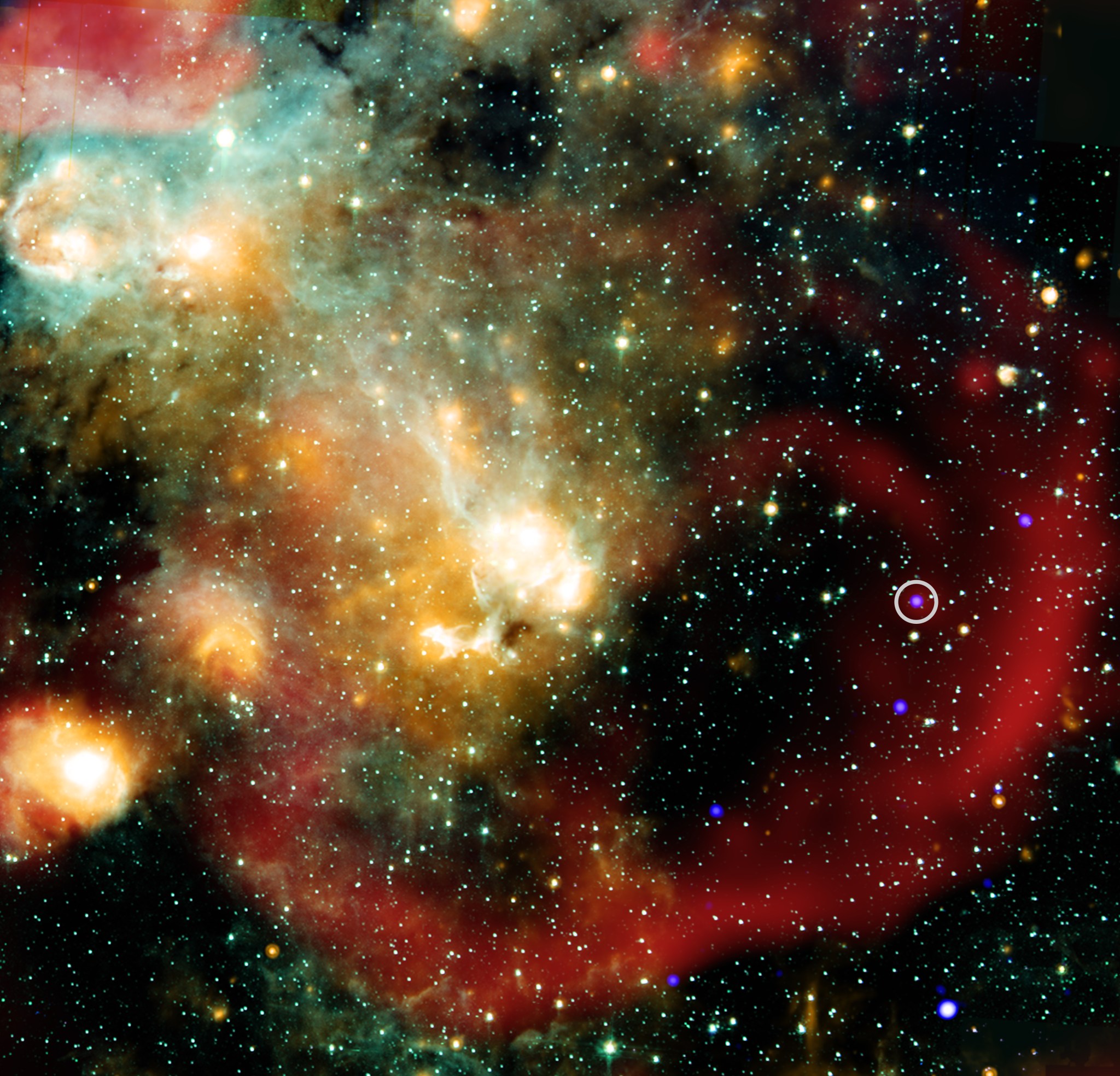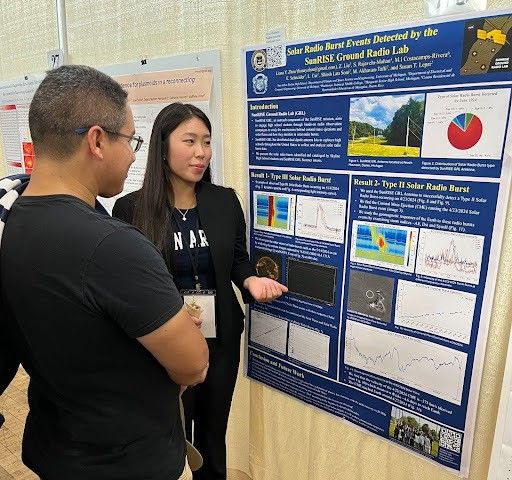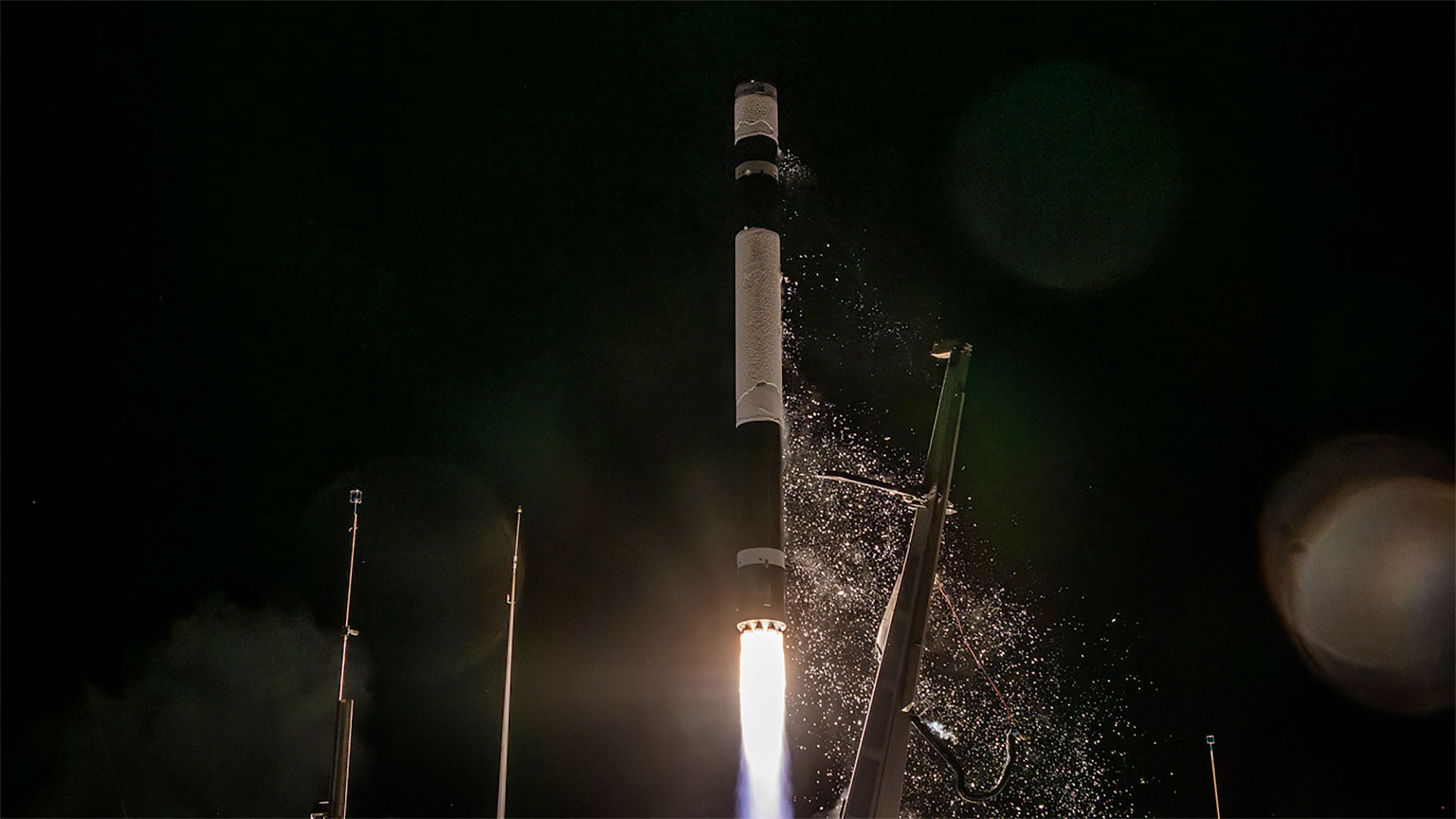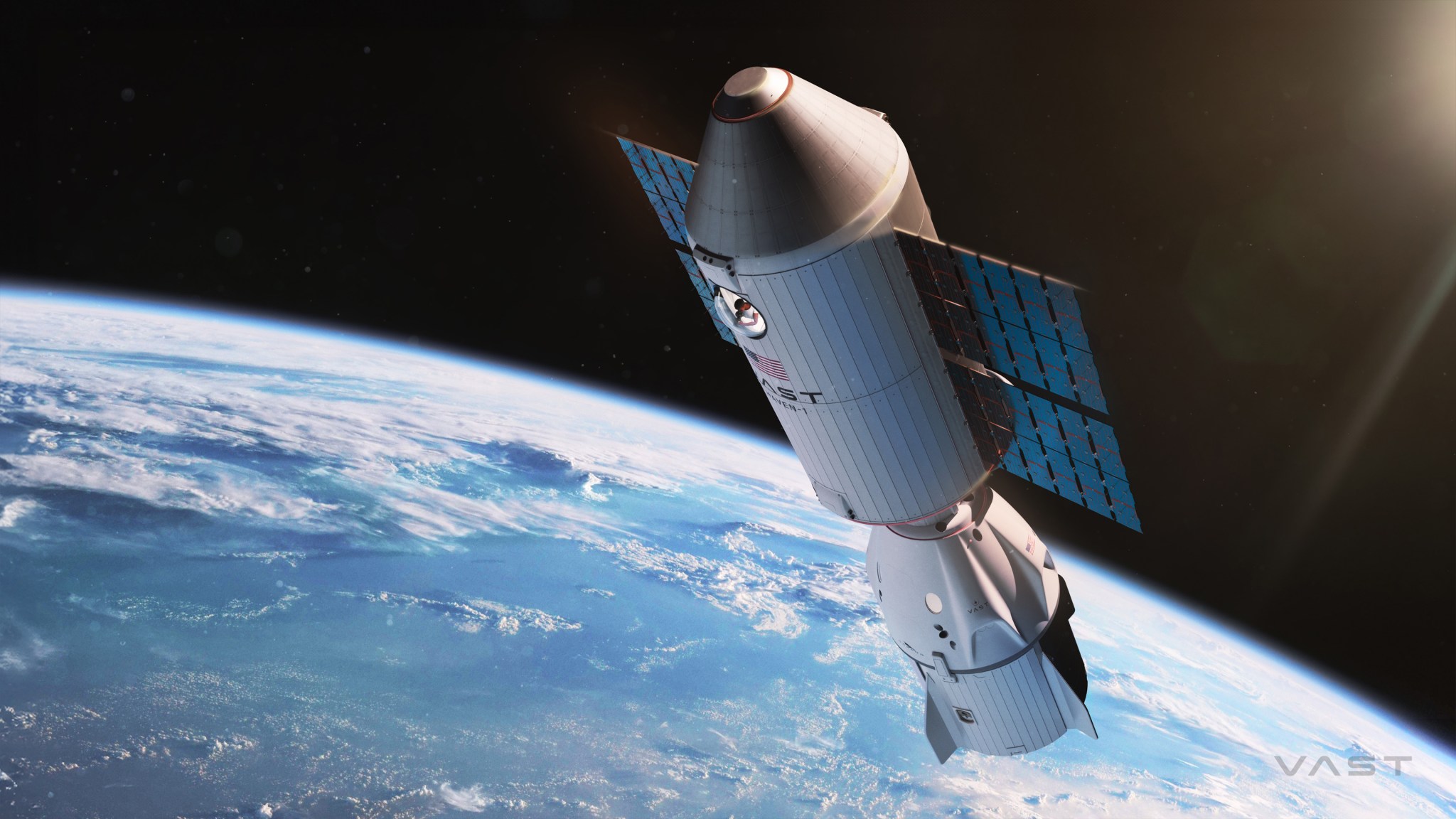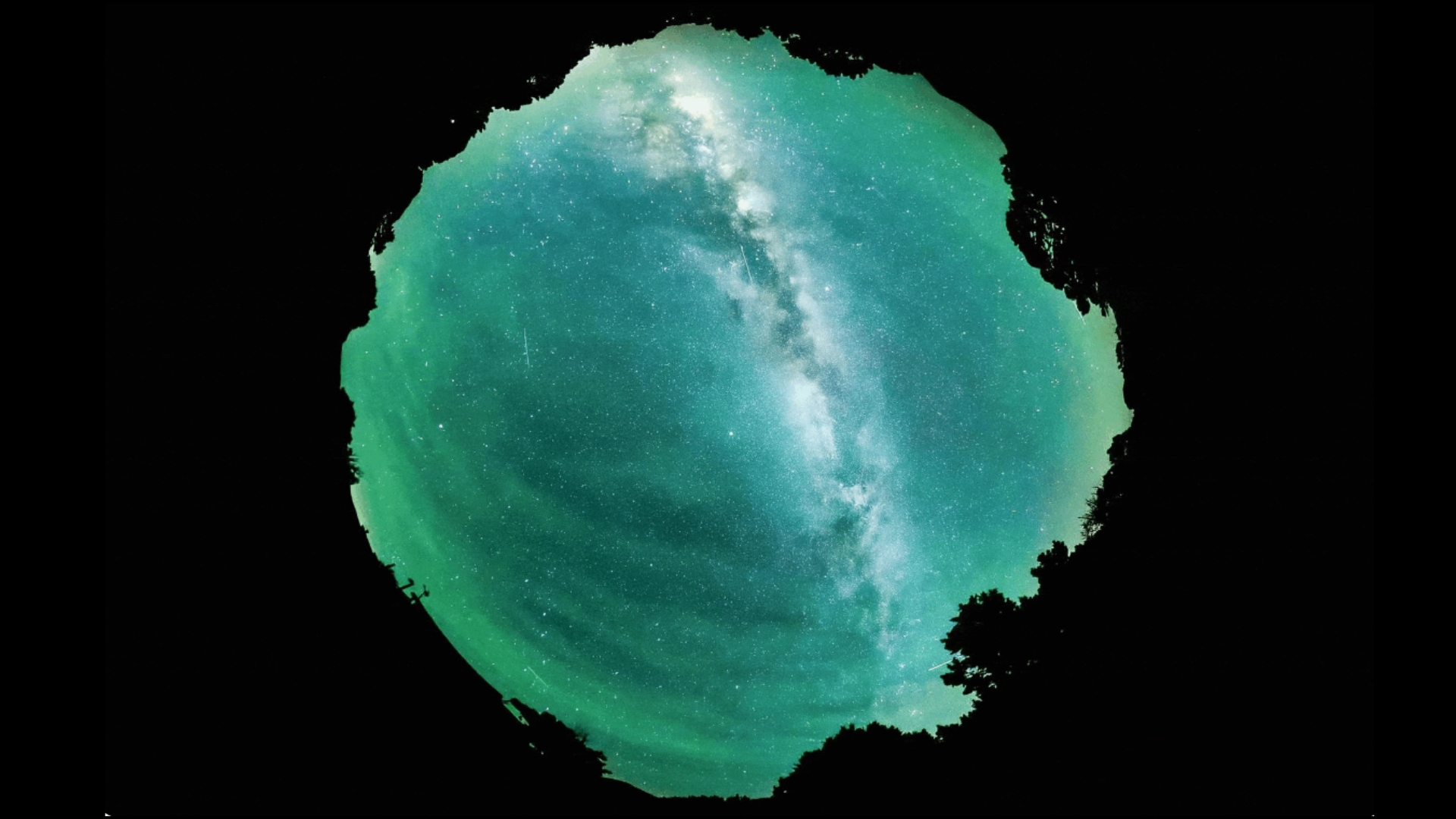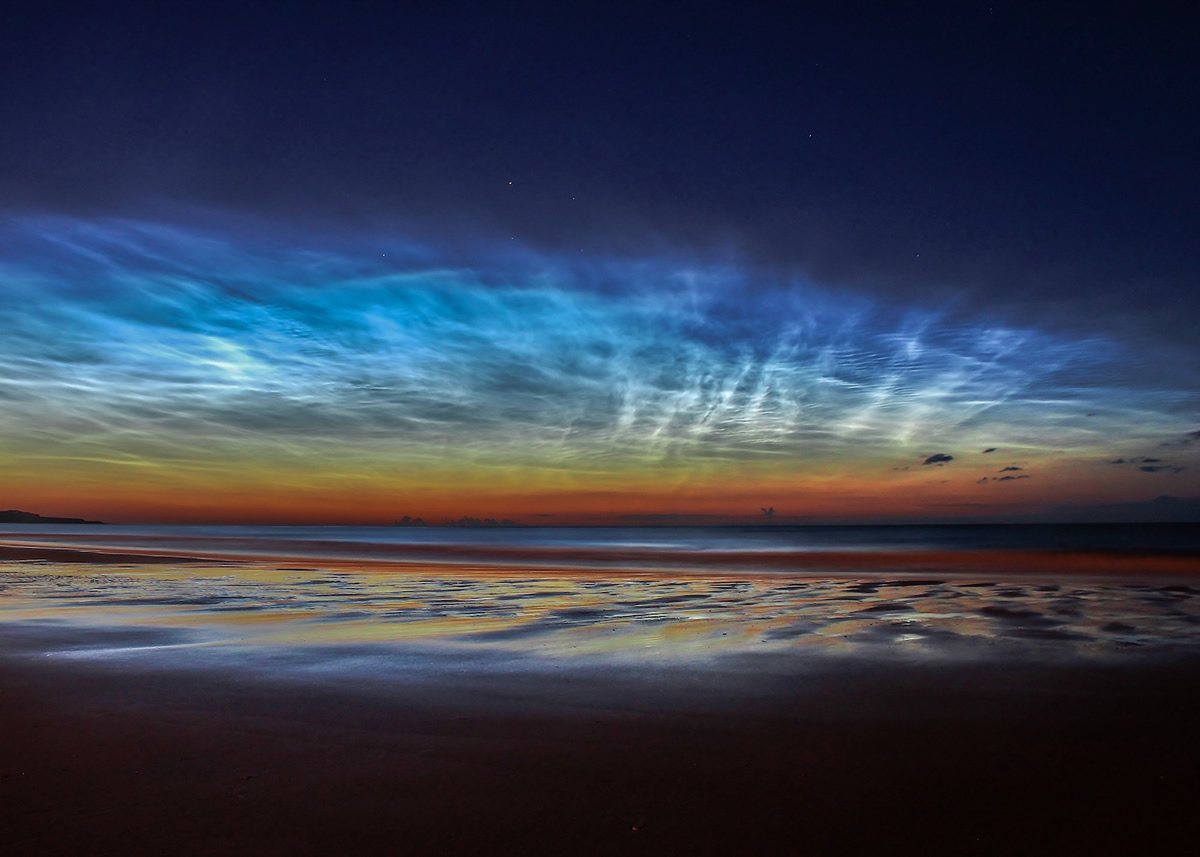Key specs Type: Prime lens Focal length: 35mm Maximum aperture: f/1.4 Lens mount: Canon RF Weight: 19.58 oz / 555 g Dimensions: 3.01×3.90 in / 76.5×99.3 mm Filter thread: 67mm Release date: June 2024 Popular prime lenses for astrophotography often come in at 24mm or wider to allow for capturing a much wider view of the sky with little ground interest, which makes sense. But when you’re incorporating ground elements to act as significant foreground interest, slightly longer focal lengths can be advantageous. This is where 35mm lenses come into…
Read MoreAuthor: NeRD
Scientists capture never-before-seen plasma streams and bizarre ‘raindrops’ in sharpest-ever view of sun’s outer atmosphere (video)
The sun’s outer atmosphere — the corona — has long intrigued scientists due to its extreme temperatures, violent eruptions and towering prominences — vast filaments of plasma extending out from the solar surface. Visible only during a total solar eclipse and blurred by Earth’s turbulent atmosphere, the corona has remained frustratingly elusive. Until now. Thanks to a breakthrough adaptive optics system called Cona, installed at the 1.6-meter Goode Solar Telescope (GST), operated by NJIT’s Center for Solar-Terrestrial Research (CSTR) at Big Bear Solar Observatory (BBSO) in California, scientists now have…
Read MoreCould time travel tourism be the next space tourism? (op-ed)
Can we journey through time? From H.G. Wells’ “The Time Machine to The Time Traveler’s Wife” by Audrey Niffenegger and “Outlander” by Diana Gabaldon, time travel has captured our imagination for centuries. The concept is ever-present in all forms of sci-fi entertainment, from time-travel movies like Back to the Future and Looper, to time-looping games like The Outer Wilds, and of course, sci-fi novels. It speaks to our deepest regrets and desires — the chance to reconnect with someone now gone, to undo mistakes, or to relive our most precious…
Read MoreCosmic Dawn Screening
Join NASA for a free screening of Cosmic Dawn, the incredible true story of the James Webb Space Telescope–humanity’s mission to unveil the early universe, against all odds. Cosmic Dawn is the incredible true story of the James Webb Space Telescope – humanity’s largest and most powerful space telescope – on a mission to unveil the early universe, against all odds. The 90-minute documentary brings viewers on an unprecedented journey through Webb’s delicate assembly, rigorous testing, and triumphant launch, showcasing the sheer complexity and breathtaking risks involved in creating a…
Read MoreEccentric ‘Star’ Defies Easy Explanation, NASA’s Chandra Finds
X-ray: NASA/CXC/ICRAR, Curtin Univ./Z. Wang et al.; Infrared: NASA/JPL/CalTech/IPAC; Radio: SARAO/MeerKAT; Image processing: NASA/CXC/SAO/N. Wolk Scientists have discovered a star behaving like no other seen before, giving fresh clues about the origin of a new class of mysterious objects. As described in our press release, a team of astronomers combined data from NASA’s Chandra X-ray Observatory and the SKA [Square Kilometer Array] Pathfinder (ASKAP) radio telescope on Wajarri Country in Australia to study the antics of the discovered object, known as ASKAP J1832−0911 (ASKAP J1832 for short). ASKAP J1832 belongs…
Read MoreHow Do We Do Research in Zero Gravity? We Asked a NASA Expert: Episode 62
3 min read Preparations for Next Moonwalk Simulations Underway (and Underwater) How do we do research in zero gravity? Actually when astronauts do experiments on the International Space Station, for instance, to environment on organisms, that environment is actually technically called microgravity. That is, things feel weightless, but we’re still under the influence of Earth’s gravity. Now, the very microgravity that we’re trying to study up there can make experiments actually really kind of difficult for a bunch of different reasons. First of all, stuff floats. So losing things in…
Read MoreWatch Rocket Lab launch private Earth-observing satellite to orbit tonight
Rocket Lab plans to launch an Earth-observing satellite for the company BlackSky tonight (May 28), and you can watch the action live. An Electron rocket is scheduled to lift off from Rocket Lab‘s New Zealand site today at 9:15 p.m. EDT (0115 GMT and 1:15 p.m. New Zealand time on May 29), carrying a “Gen-3” satellite for Virginia-based BlackSky toward low Earth orbit (LEO). Rocket Lab will stream the launch live, beginning 30 minutes before liftoff. You can watch live via the company and here at Space.com if, as expected,…
Read MoreNASA Helps with Progress on Vast’s Haven-1 Commercial Space Station
2 min read Preparations for Next Moonwalk Simulations Underway (and Underwater) A digital rendering of the NASA-supported commercial space station, Vast’s Haven-1, which will provide a microgravity environment for crew, research, and in-space manufacturing. Vast NASA-supported commercial space station, Vast’s Haven-1, recently completed a test of a critical air filter system for keeping future astronauts healthy in orbit. Testing confirmed the system can maintain a safe and healthy atmosphere for all planned Haven-1 mission phases. Testing of the trace contaminant control system was completed at NASA’s Marshall Space Flight Center in…
Read MorePhotographer captures ghostly ripples over Colorado night sky. ‘It is rare to see it directly overhead and moving like that’ (photo)
Ghostly green ripples can be seen in the hazy green airglow above. (Image credit: Aaron Watson/Skies Alive Photography) Beneath the star-drenched skies of Colorado on May 26, as the Milky Way arched into view, photographer Aaron Watson pointed his lens upward — and captured something extraordinary unfolding in the night. “I have seen airglow a lot, but it is rare to see it directly overhead and moving like that,” Watson told Space.com in an email. Watson’s timelapse, captured around 3:30 a.m. local time and spanning about 30 minutes, reveals watery…
Read MoreNoctilucent cloud season 2025 is upon us! Here’s how to spot elusive ‘night-shining’ clouds
Noctilucent cloud season is upon us! Here’s what you need to know about when to catch the spectral phenomenon as we move into the prime viewing season of the summer months. Astronomers and clouds are natural enemies, owing largely to the latter’s habit of obscuring the sky beyond with dense veils of condensed water vapor. One exception to this rule is the appearance of noctilucent clouds — delicate wisps of icy particles that appear to glow a spectral blue in the sun‘s reflected light in the post-sunset and predawn hours.…
Read More
